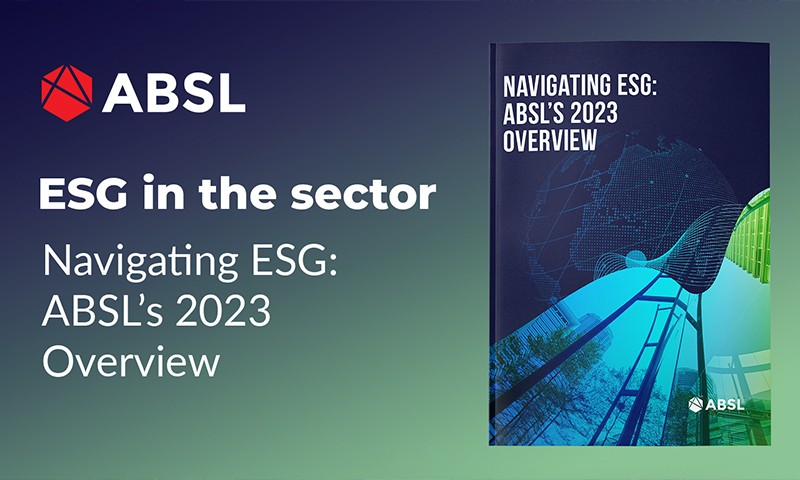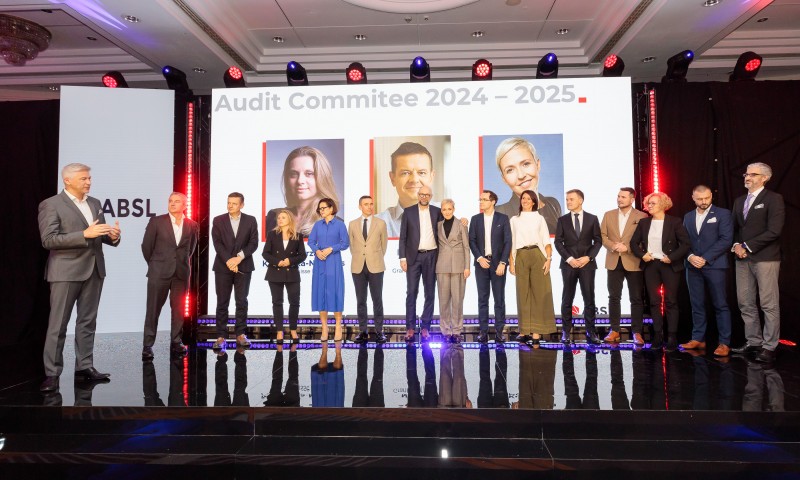Multi-stage relocation process – how to conduct it without loss for the company?
Moving to a new location is a multi-step, complicated process that requires strategy and good preparation. Creating a relocation plan well in advance will help avoid unnecessary chaos, eliminate mistakes and, most importantly, make your office operational from day one after the move.
The decision to relocate an office is one of a company’s most important business decisions. Not only because it requires a complicated physical relocation process. The organization’s image, employee engagement and productivity, or the financial performance of the company may depend on this decision. Remember that a good office is an office that fosters the organization’s growth.
Why?
The most common reason for relocation is the end of the lease for the existing space. The high activity of developers in the office market in Poland in recent years has resulted in a significant increase in the choice of modern office space. It is almost a standard for newly constructed buildings to be certified, which may further encourage tenants to relocate.
Another reason in favour of the move is a change in the organization’s strategy. It can be expected that as a result of the pandemic, this aspect will become more important in the near future. Some companies are already considering switching to a hybrid work model. Introducing it can result in either a decrease in demand for leased space, an increase in demand for flex space, or the need to arrange the work environment to suit the new reality and the needs of employees.
Over the past year, relocation decisions have often been driven by the need to seek cost savings and long-term cost optimization.
When and what for?
The relocation planning process begins well before the physical transport of needed equipment. There is no clear answer as to how far in advance you should start preparing. This depends on, among other things, the size and nature of the organization, the termination date of the lease, or the needs of the specific project. It is a good idea to have about a year to go through the entire process from start to finish, although there are cases where companies start the process as early as 3 years before the lease expires.
Relocation should be the result of careful and thoughtful analysis, not an impulse. That is why it is a good idea to ask yourself a few key questions at the outset: does, and if so, why does my company need to relocate? What are the benefits of relocating? Will the benefits of the change outweigh the challenges this process will present? How do employees respond to this perspective? What do they expect from the space they work in?
Where?
Once the need has been diagnosed, the next step should be to choose a suitable location that will be the company’s new headquarters. The search for a new office should start with an analysis of the company’s needs and expectations from the leased space in a few-year time perspective. In addition to factors such as headcount and recruitment plans, trends in office space optimization and adaptation are worth considering, among them those involving the introduction of flexible working hours, home office and desk sharing. The process of relocating creates a number of new opportunities for companies, particularly the opportunity to arrange the new space in a way that effectively supports the company’s employees in achieving their business goals. For this to happen, however, an appropriate amount of time must be spent on creating a strategy and identifying the needs, goals, and challenges facing the organization.
While certain factors that guide clients in choosing a new office have been gaining importance for a long time, their role has especially increased as a result of the pandemic. We are mainly talking about systems allowing for providing the space users with the highest possible level of security, such as applications for comprehensive office management or contactless solutions.
Pro-ecologicality of the building is also gaining importance, with certificates such as BREEAM or LEED confirming that the property is environmentally friendly. Potential tenants also pay attention to the modernity of installations installed in the facility, in the context of the possibility to manage operating costs policy, such as BEMS or HVAC system.
Another important consideration is that the building has additional user-friendly features, such as facilities for people who commute to work by bicycle. Companies increasingly pay attention to the flexibility of leased space and the possibility of adapting it to dynamically changing needs.
Analytics as a key to success
Every change requires proper coordination and management of that change. Therefore, the basic task, already at the stage of planning a relocation, should be to choose a project manager who will be responsible for coordinating all activities related to moving inside the company. Appointing a specific, experienced person for this task is crucial for the success of the entire operation.
We are contacted by companies that are going through the relocation process for the first time. They don’t know where to start or what steps to take. Our job is to help them get through this critical moment in their organization’s life as smoothly as possible.
The relocation process should follow an appropriate schedule, with a timeline developed in advance, taking into account all elements of the undertaking and the individual needs of the company. It is worth preparing it as early as six months before the actual launch.
Then, depending on the established timeframe, it moves to the analysis stage. It may be limited to just the physical space as we focus on exploring what isn’t working in the current office and how to make sure we don’t repeat the same mistakes in the new location. Our focus will then be on acoustics, the functional diversity of the office, increasing the number of meeting rooms or providing employees with access to light and fresh air. If we have more time, it is worth asking deeper questions and thinking about how your work environment can help us achieve your business goals more effectively. If we as an organization want to be innovative, let’s think about what we need to change to get our employees to exchange ideas more often. If we want to respond quickly to changes in the marketplace, let’s look at what elements of our current environment and way of working are slowing us down. If we ask ourselves these questions, the organizational culture, management methods, and company policies will be the focus of our attention. The new office will then act as a tool to support our organization in achieving its goals. The move, on the other hand, will provide an opportunity to change what seems impossible to change on a daily basis.
When combining several locations into one, the need to ask deeper questions becomes even more obvious. This is because we often find that separate organizational cultures develop in separate locations. Cultures with their own rules, symbols and local legends. Even the best-designed office is not enough for these separate tribes to begin functioning together as one cohesive organism. A holistic approach to shaping the employee experience plays a key role in such processes. We need to determine who we want to be as an organization, what changes we want to make, and why. For this purpose, we conduct, for example, workshops with management and with employees, so that we are able to identify their needs and concerns about the future workplace.
Nowadays companies are looking to take advantage of what they learned during the pandemic and create a sort of a hybrid between the model that used to work and the one that has been largely imposed on us by the current epidemic situation. Questions with which our clients come to us concern mainly the proportions in which they combine traditional and remote work, what impact this may have on their organization and the space they rent.
Based on all this data, we are able to select and design a space that will take the company to a new level of functioning and allow for implementing a lasting change that supports the specific business goals of the organization.
When the zero hour comes
Beyond the strategic stage, attention to technical and operational issues is equally important. One of the key elements is choosing a moving company that can advise you on how to do it most effectively.
It is a good idea to take an inventory of your equipment and supplies. This will keep things organized during the relocation, as well as immediately afterwards, when each employee will want to adapt the workstation at the new location to their individual needs as soon as possible.
Relocating is not only an opportunity to get rid of unnecessary items or outdated procedures, it also creates space to try out new options. You may want to consider whether it would be a good idea to take the archives outside or adopt a “hot desk” system, an extremely popular solution these days. In the daily routine, there is no time to question the status quo, but the planned change of premises makes you consider various improvements and new solutions.
It is also important to ensure that all items, archives or furniture are properly prepared for the move. If you have important company documents, especially those containing sensitive personal data, it is worth securing them in special containers with a seal. This will ensure that they have not come into the possession of third parties. Properly sorting your belongings before moving and numbering your equipment packages will speed up the relocation process. It is a good time to organize documentation, digitalize, implement new procedures that will facilitate the circulation of documents in the new office, or optimize printing procedures.
When choosing a specific date for your move, you should keep in mind that the process itself should take as little time as possible. For this purpose, it is a good idea to set a date, for example, at the end of the week, which will reduce the problem of office operability to a minimum. Choosing an appropriate date that is known well in advance to all employees will allow you to prepare well for the entire event.
Caring for employees
A very important part of the relocation process is to ensure clear, transparent and open communication within the company. It is worth remembering that moving is a stressful experience for many people. Especially if it is additionally connected with a change in the work model, e.g. moving from the office system to an open office space or implementing flexible solutions. The key to getting out of this situation is good communication. By transparently communicating decisions and explaining the reasons behind them, we nip in the bud speculation that often stems from ignorance and fear of the unknown, thereby preventing rumours from spreading.
A good communication tool is the intranet. For example, the company’s internal website can be used to post videos of executive speeches, a timeline of activities, and other relevant information related to the move. This by no means removes responsibility from line managers – interactions at the work team level are also very important.
No less important are administrative issues, such as informing the relevant authorities and business partners about the move, implementing changes to the corporate website, or even replacing business cards with the new office address.
Moving is not the end
Although it may seem that the moving process ends with the transfer of all items to the new premises, it is worth looking at the relocation more broadly and take care, for example, of the integration of employees. For this purpose, we can, for example, prepare maps of the new office and the location of departments or organize a special event combined with a tour of the new space.
Also often forgotten is the post-adaptation process, collecting feedback from users of the space on the changes being made. Is everything working? What could be improved? Consulting with employees not only makes it easier to identify problems, it works well for the team itself, increasing their engagement and identification with the new workspace.
Adopting a hybrid operating model will likely prompt many companies to relocate. The new offices will function differently than they did before the pandemic, requiring a fresh approach to communication or arranging space. In this situation, professional consulting can prove to be a valuable help in the difficult process of relocation, and this is the support we offer our clients.
AUTORZY

Kamila Barabasz, senior associate, Office Agency, Colliers
kamila.barabasz@colliers.com, 601 992 852
Kamila specializes in business process advisory. In addition to representing tenants, she is responsible for supporting clients in change management and relocation processes. The experience she gained in the media sector, among others while managing a complex project of building the headquarters and a broadcasting station for one of the media companies, as well as during relocation processes and negotiating office space contracts for many organisations.

Grzegorz Rajca, senior associate, Workplace Innovation, Colliers
Grzegorz is an organisational psychologist, data analyst and consultant with over 10 years of experience. He combines knowledge in the field of social sciences and statistical modelling and psychometrics competences. At Colliers, he is responsible for consulting in the area of workplace strategy and change management.









